What is the difference between Sashiko and Boro stitches?
May 28, 2020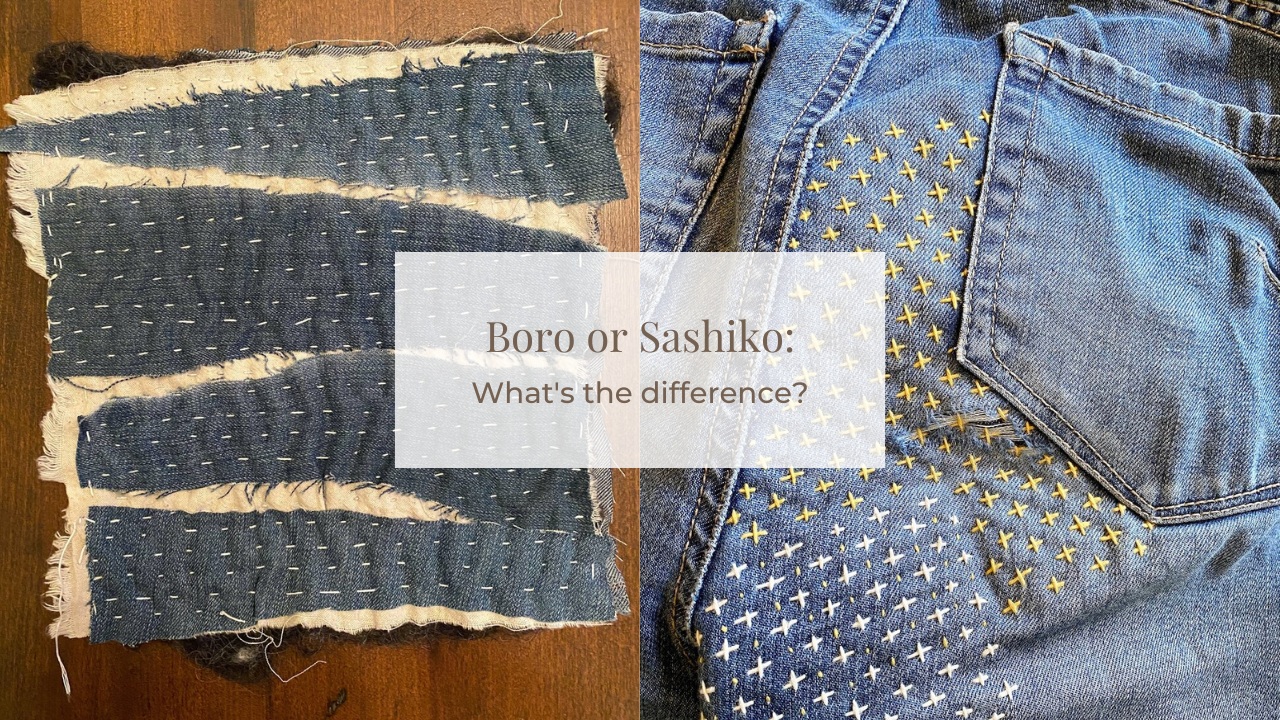
This is a question that gets asked all the time, and it can be very easy to confuse the two.
I go into depth about Boro stitching in a previous post, and to summarize, Boro when translated literally means “tattered or repaired”. This technique combines layers of fabric and running stitch, combining bits of old cloth to patch and mend textiles.
It looks like this:
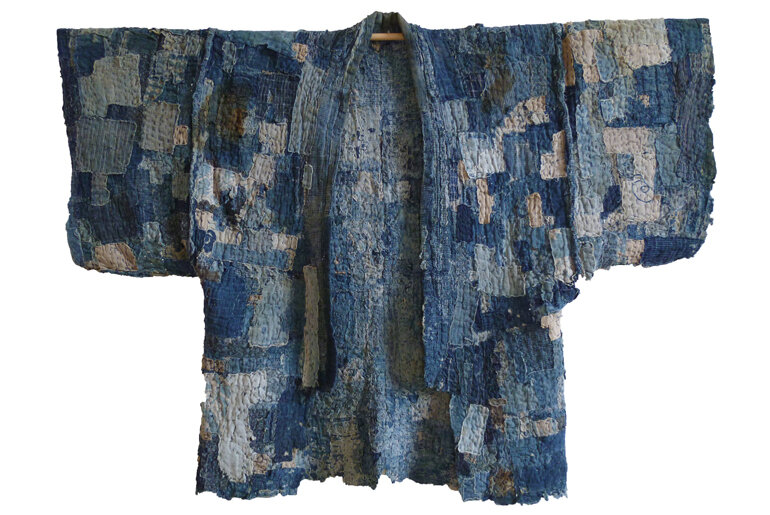
Traditional boro kimono | Image via Gerrie Congdon
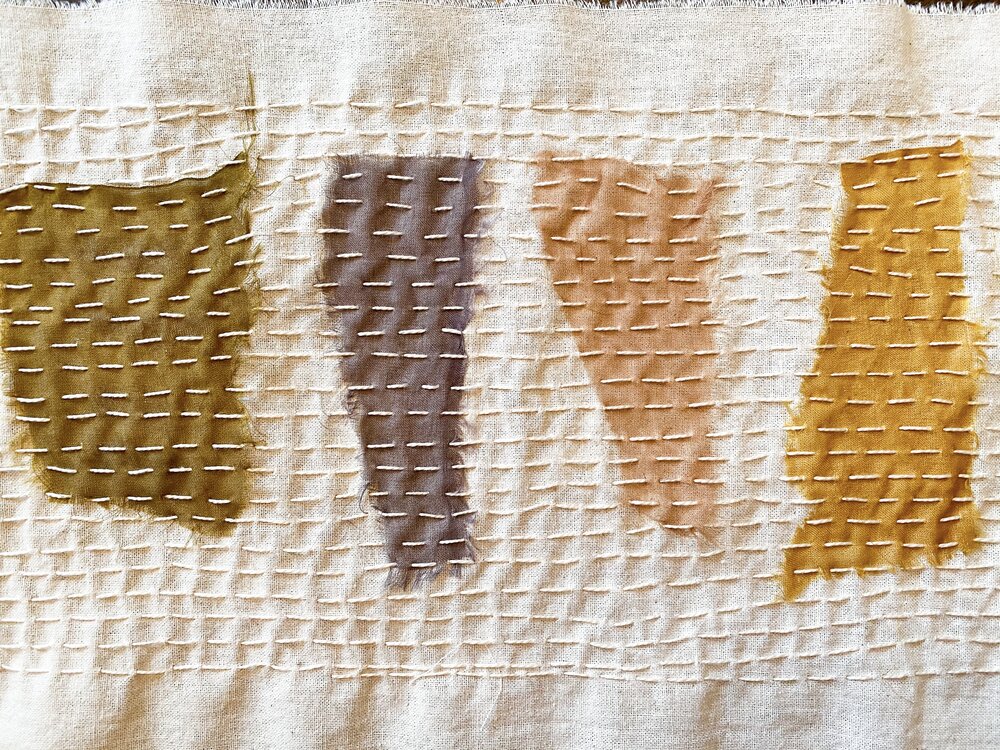
Modern boro stitching
Sashiko, on the other hand, whilst still made up of running stitches, is put together to form patterns. Pronounced ‘sash(i)ko’, the ‘I’ is almost silent, when translated it means “little stab or pierce”.
It evolved as a rural domestic craft in Japan during the Edo era (1615 - 1868) and was originally invented for warmth and thrifty recycling, and strengthening work clothes, it is both practical and decorative.
At the time all fibres were hand spun, hand woven, and hand dyed in labour intensive processes generally from hemp or linen. Traditionally it was blue and white because at the time there were laws in place that prohibited the lower classes from wearing brightly coloured clothing with large patterns. But indigo was available and accessible.
There were also laws about wearing patterns no larger than a grain of rice, or with stripes that were no thicker than straw. This could be the origin of the ideas that sashiko stitches resemble grains of rice.
There are two distinct types of sashiko: hitomezashi and miyozashi.
Hitomezashi designs are worked as a grid of straight lines, where stitches meet or cross to make a design. Some patterns have vertical and horizontal rows whilst others have additional diagonal rows. I find these patterns are the best for reinforcing mends in hard wearing places such as knees, elbows and thighs because the stitches replicate the weave of the fabric.
If you want to learn how to sew sashiko stitches click here to download the Ultimate Guide to Getting Started
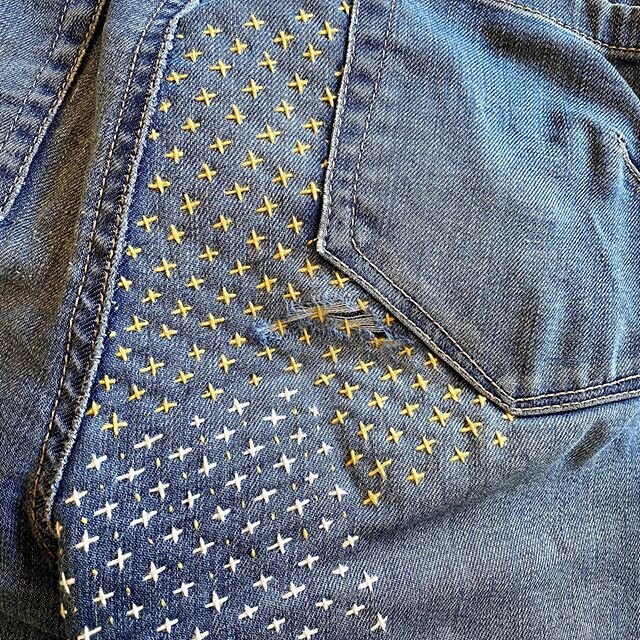
Hitomezashi mended jeans
Miyozashi patterns have curved or straight lines of running stitch which change directions to make larger patterns. These patterns are great for quilting layers of fabrics together.
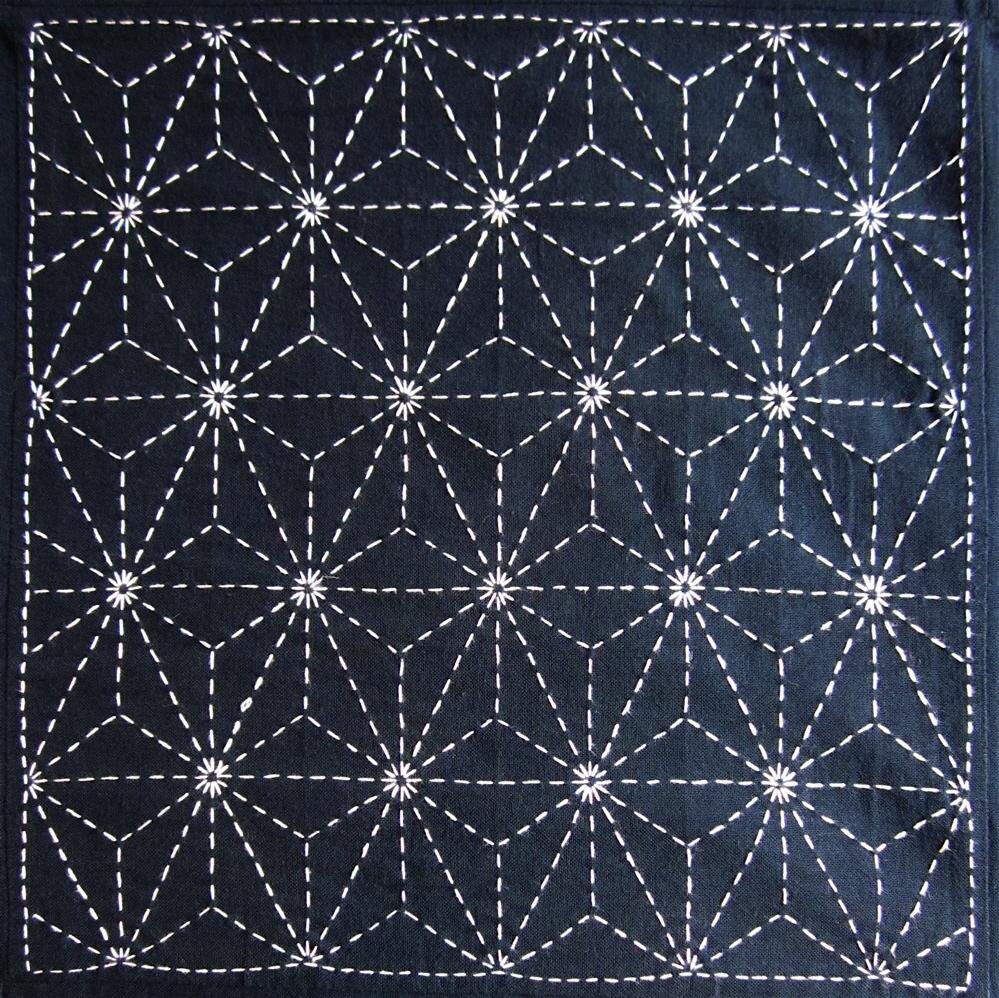
Hemp leaf
If you would like to know the secret to elegant sashiko stitches, click here.

